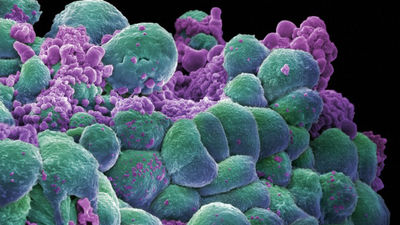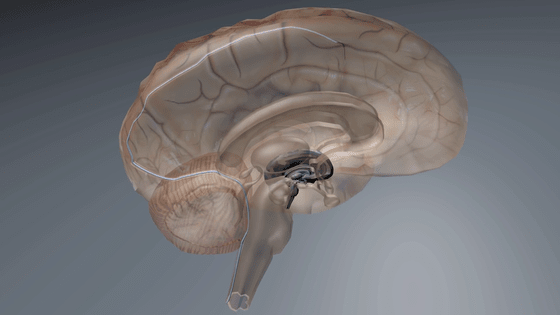A tiny pacemaker the size of a grain of rice that dissolves in the body when no longer needed is being developed
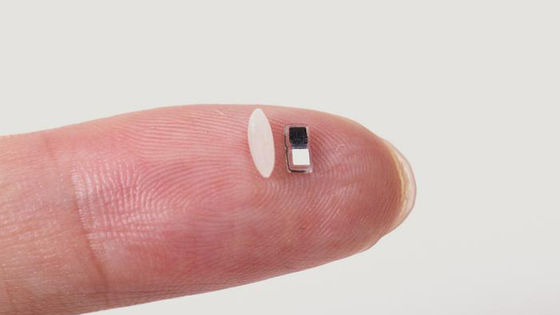
by
A research team from Northwestern University in the United States has reported that they have developed a tiny pacemaker that is just 1 mm thick and small enough to fit inside the tip of a syringe, and does not require cutting open the body to implant or remove it, minimizing the burden on patients, such as small children with congenital diseases.
Millimetre-scale bioresorbable optoelectronic systems for electrotherapy | Nature
https://www.nature.com/articles/s41586-025-08726-4
World's smallest pacemaker is activated by li | EurekAlert!
https://www.eurekalert.org/news-releases/1078512
World's tiniest pacemaker is smaller than grain of rice
https://techxplore.com/news/2025-04-world-tiniest-pacemaker-smaller-grain.html
Many people around the world have permanent pacemakers implanted in their bodies, while others use temporary pacemakers after surgery until their hearts can beat normally again. Current temporary pacemakers are external, with electrodes connected to wires sewn into the patient's heart and then removed when they are no longer needed, which can lead to complications such as heart damage and infection.

'The wires of the temporary pacemaker literally stick out of the body and are attached to an external pacemaker,' said Igor Efimov, a cardiologist at Northwestern University in New York. 'When the pacemaker is no longer needed, doctors remove the wires, but the wires can become attached to scar tissue and can damage the heart muscle during removal.'
For example, astronaut Neil Armstrong, who famously said, 'That's one small step for man, one giant leap for mankind,' died in 2012 from internal bleeding after the wires of his temporary pacemaker were removed.
To solve these problems, a research team led by John A. Rogers and Efimov of Northwestern University developed a coin-sized 'bioresorbable pacemaker' that can be absorbed into the body when it is no longer needed in 2021.
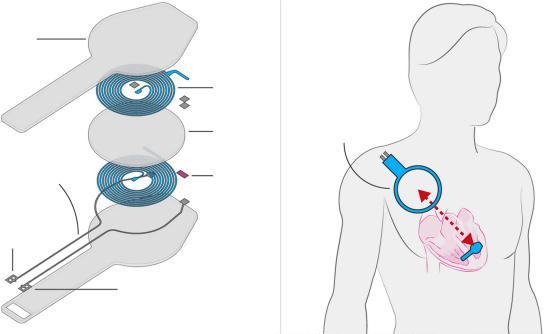
The research team, which had been working to further miniaturize the pacemaker, announced in a new paper published in Nature on April 2, 2025 that they had developed a pacemaker the size of a grain of rice, measuring 1.8 millimeters wide, 3.5 millimeters long, and 1 millimeter thick.
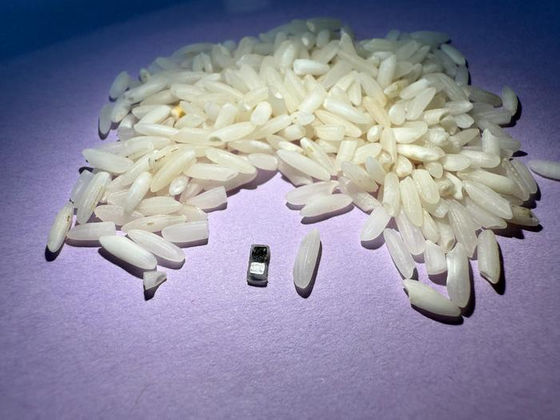
by
Unlike their wirelessly powered predecessors, the new mini pacemakers use a type of galvanic cell that converts chemical energy into electrical energy, with two types of metal in the pacemaker acting as both the battery and the electrodes that send pulses to the heart.
'When the pacemaker is implanted in the body, the surrounding bodily fluids act as a conductive electrolyte, electrically bonding the two metal pads together to form a battery. Then, when light is emitted from a patch attached to the skin, it penetrates the patient's body and hits the pacemaker's light-activated switch, turning the device from off to on,' Rogers explained.
The cardiac pacemaker works in conjunction with a flexible patch worn on the patient's chest; if the patch detects an irregular heartbeat, it automatically flashes a light, telling the pacemaker which heartbeat to stimulate.
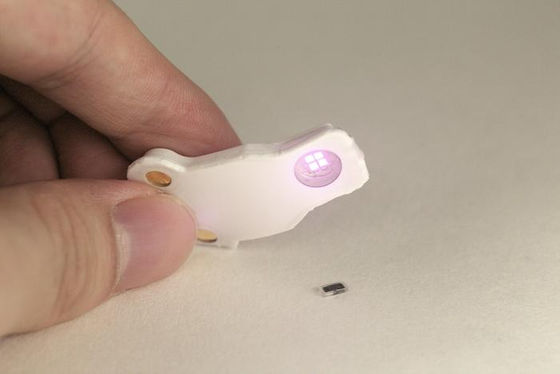
by John A. Rogers/Northwestern University
Because pacemakers are so small, they can be placed in multiple locations around the heart, use different wavelengths of light to pace different areas of the heart at different rhythms, and can be used in conjunction with other medical devices. They also dissolve in the body when they are no longer needed, eliminating the need for invasive surgery to remove the device. By changing the type and size of the material, the time it takes for the device to disappear from the body can also be precisely controlled.
'Our main motivation was to help children,' said Efimov. 'About 1% of children are born with congenital heart disease. The good news is that these children only need a temporary pacemaker, and most patients recover naturally within seven days after surgery. But they absolutely need a pacemaker during those seven days. And now we can place this tiny pacemaker in a child's heart and control it with a soft, comfortable wearable device. And there's no need for an additional surgery to remove it.'

According to the research team, the new rice-sized pacemaker has been proven effective in animal models using the hearts of mice, rats, pigs, and dogs, as well as in human tests using the hearts of deceased organ donors. Therefore, the researchers expect that the device could be put to practical use within two to three years from the time of writing.
'As far as we know, we have developed the smallest pacemaker in the world,' said Rogers. 'Temporary pacemakers are extremely important in pediatric cardiac surgery, and in those use cases, miniaturization of the device is important. In terms of the burden on the body, the smaller the device, the better.'
Related Posts:





